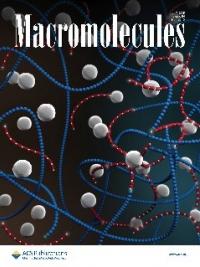A report of the synthesis and characterization of a series of model silicone networks modified with a specific class of silicone-resin known as MQ-resin.
Journal Covers
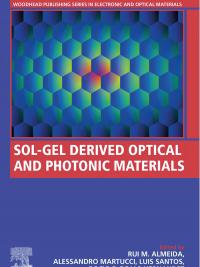
This chapter reviews the requirements and design for anti-reflective coatings on laser optics, the sol-gel synthesis process, coating methods and post treatments, coating stability, and laser-damage performance.
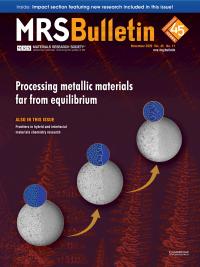
The authors review the development of time-resolved, in situ imaging techniques capable of capturing solid–liquid interfacial evolution in metallic alloys.
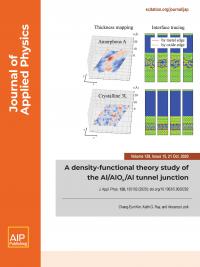
The authors use first-principles modeling to assess fundamental aspects of the atomic structure of both amorphous and crystalline aluminum oxide tunnel junctions.
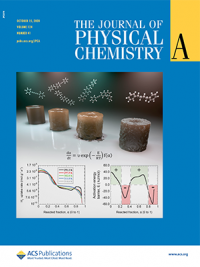
To make more accurate predictions of the performance of a pelletized system, researchers used isothermal–isobaric and dynamic pressure experiments to test hydrogen uptake using constant pressure and at a higher temperature range than previous tests.

A research team measures water and ion permeation through 0.8-nm-diameter carbon nanotube porins, finding them comparable to commercial desalination membranes.
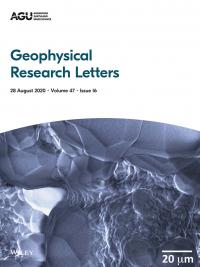
Researchers synthesize methane hydrate and measure its electrical conductivity to aid in estimating hydrate concentration on the seafloor.
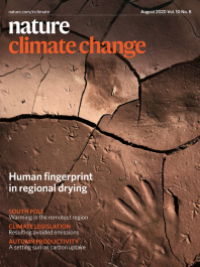
Researchers use a multivariate approach to identify two distinct externally forced fingerprints from multiple ensembles of Earth system model simulations.
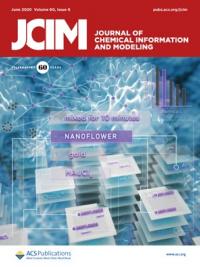
Research team developed scientific article-processing tools that extract and structure information from the text and figures of nanomaterials articles, thereby enabling the creation of a personalized knowledgebase for nanomaterials synthesis that can be mined to help inform further nanomaterials development.

Cold-spray deposition is used as an additive manufacturing technique to fabricate materials for thermoelectric generators in complex geometries.


